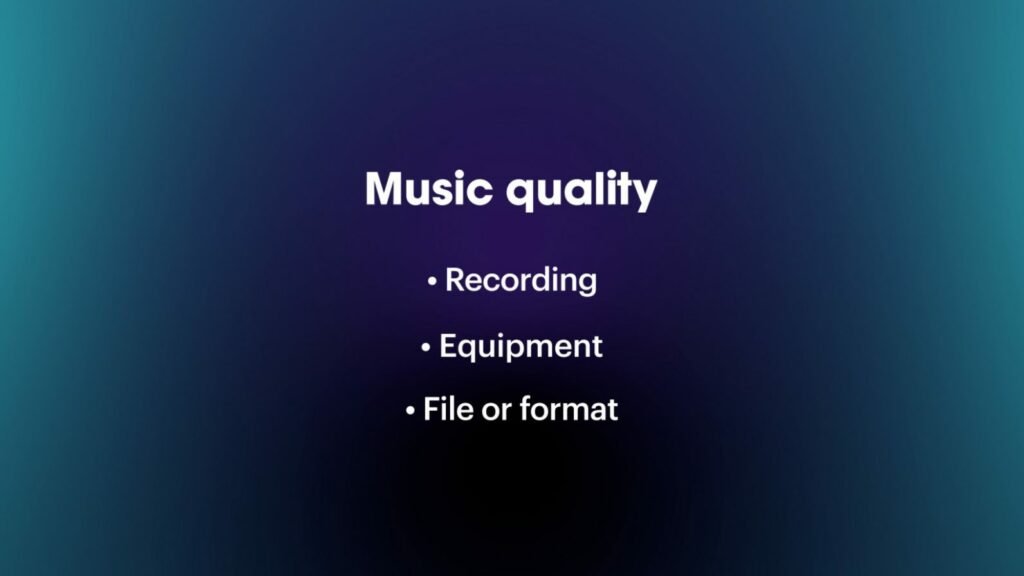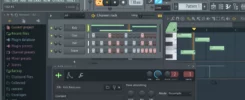|
Getting your Trinity Audio player ready...
|
Creating quality songs is an art form that combines talent, creativity, and technical expertise. Whether you’re an aspiring musician or a seasoned songwriter, this comprehensive guide will walk you through the essential steps to make music that resonates with your audience. From songwriting and arrangement to recording and production, you’ll learn how to craft songs that stand the test of time.
Songwriting: The Foundation of Quality Songs
Inspiration and Creativity
Quality songs often begin with a spark of inspiration. Whether it’s a personal experience, an emotion, or a social issue, tap into your creativity to find compelling songwriting ideas.
Lyrics and Storytelling
Craft meaningful lyrics that tell a story or convey a message. Use metaphors, vivid imagery, and relatable themes to connect with your listeners on an emotional level.
Melody and Chords
Compose a memorable melody that complements your lyrics. Experiment with different chord progressions to find the perfect musical backdrop for your song.
Song Arrangement: Structuring Your Music
Intro, Verse, Chorus, Bridge, Outro
Follow a traditional song structure that includes an introduction, verses, choruses, bridges, and outros. This format provides familiarity for your audience and makes your song more accessible.
Dynamics and Transitions
Create dynamic shifts within your song to maintain listener interest. Use transitions like key changes, tempo shifts, or instrumental breaks to add depth to your arrangement.
Pre-production: Preparing for Recording
Song Demos
Before recording, create a demo of your song to refine its structure and arrangement. This step helps you identify areas for improvement.
Instrument Selection
Choose the right instruments to bring your song to life. Consider the tone, texture, and mood you want to convey, and select instruments accordingly.
Recording: Capturing Your Sound
Home vs. Professional Studios
Decide whether to record your song at home or in a professional studio. Both options have their merits, but a studio typically offers higher-quality recordings and access to experienced engineers.
Microphones and Acoustics
Invest in quality microphones that suit your recording needs. Pay attention to room acoustics to minimize unwanted sound reflections.
Multitrack Recording
Record each instrument and vocal separately on multiple tracks to achieve greater control during mixing and mastering.
Mixing: Balancing Your Sound
EQ and Compression
Use equalization (EQ) to adjust the frequency balance of each track. Compression can help control dynamics and add punch to your mix.
Effects and Processing
Experiment with reverb, delay, and other effects to create depth and atmosphere in your mix. Be subtle; less is often more when it comes to effects.
Panning and Stereo Imaging
Distribute tracks across the stereo field to create a sense of space and width in your mix. Carefully balance each element for clarity and impact.
Mastering: Polishing Your Song
Loudness and Clarity
Mastering ensures your song sounds polished and cohesive. Focus on achieving an appropriate level of loudness without sacrificing clarity.
Quality Control
Check for any unwanted noise, clicks, or pops in your final mix. Mastering engineers can address these issues and optimize your song for various playback systems.
Collaboration and Feedback
Collaborate with Others
Working with fellow musicians, producers, and songwriters can bring fresh perspectives to your music and enhance its quality.
Seek Feedback
Share your work with trusted peers or mentors to gain constructive feedback. Critiques can help you refine your song and identify areas for improvement.

Practice and Persistence
Continual Improvement
Making quality songs is an ongoing journey. Practice your songwriting, arranging, and recording skills regularly to refine your craft.
Persistence
Don’t be discouraged by setbacks or creative blocks. Persistence is key to developing your unique sound and style as a songwriter.
Conclusion
Crafting quality songs is a rewarding endeavor that combines artistic expression with technical expertise. By mastering the art of songwriting, arrangement, recording, mixing, and mastering, you can create music that resonates with audiences and stands the test of time.
Remember that making quality songs is a continuous process of learning and growth. Embrace your creativity, seek collaboration and feedback, and persist in your musical journey. With dedication and passion, you can create songs that leave a lasting impact on your listeners and the world.

